 Western Art Movements II
Art Movements
Western Art Movements II
Art Movements

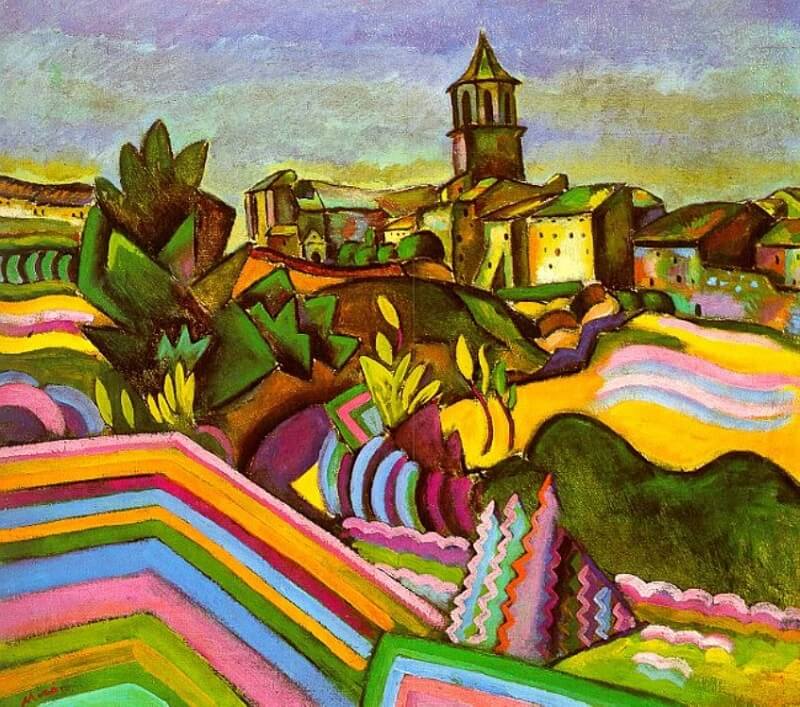
 Western Art Movements II
Art Movements
Western Art Movements II
Art Movements

Study the artwork for one week.
Over the week:
Featured Movement:
Movement Characteristics:
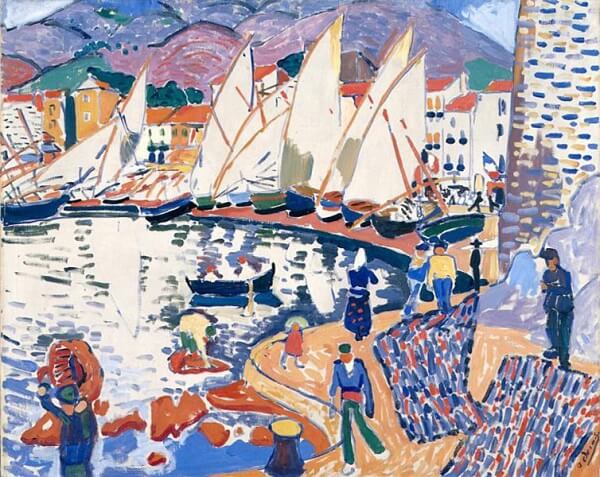
Common Coinciding Genres:
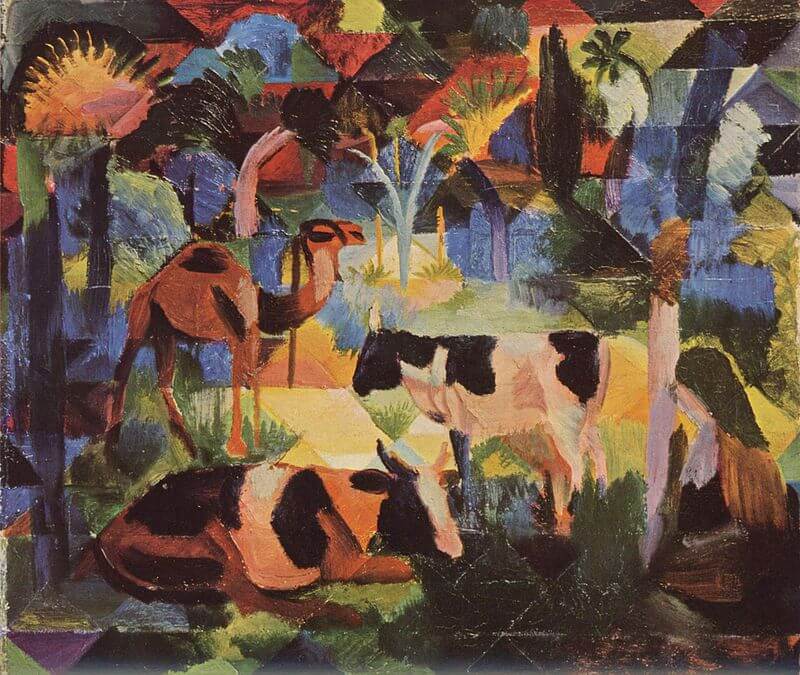
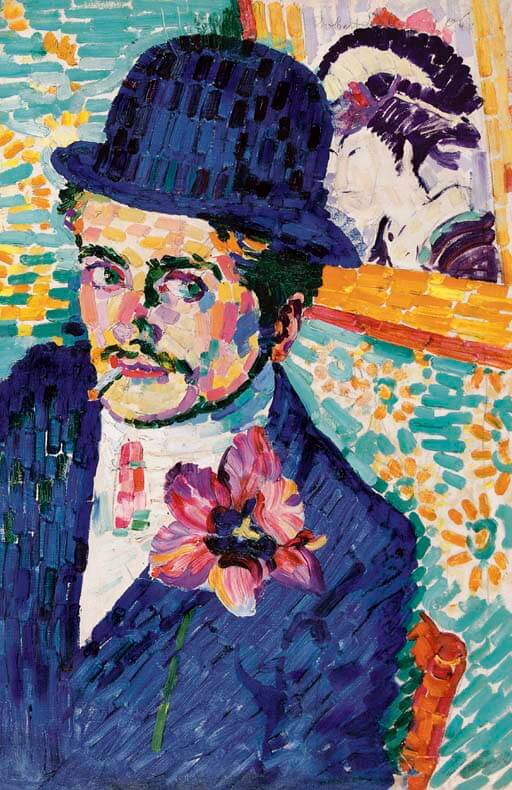
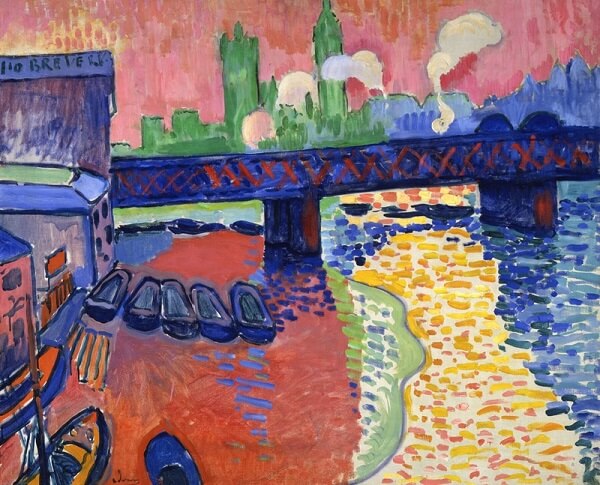
Activity 1: Can You Find It?
Find the following in the artwork:

Activity 2: Narrate the Artwork
Activity 3: Map the Artwork
Find the Spanish city of Andorra near the border between Spain and France, not too far from the artwork setting of Prades.

Activity 4: Classify the Artwork

Activity 5: Recreate/Color the Artwork
